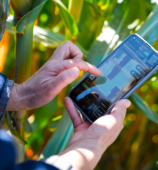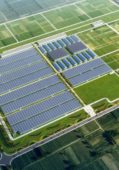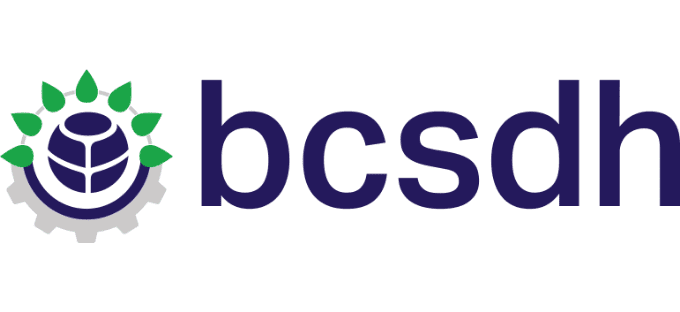“Syngenta is the world’s leading agricultural company, providing effective crop protection products and high-yielding seeds to millions of farmers around the world. This is not only an opportunity but also a responsibility for us to take meaningful steps towards sustainable solutions that support natural diversity. That is why our strategy includes a strong focus on biodiversity and climate protection with concrete commitments, and we are confident that we can set an example for other companies and the industry.”
Éda Pogány, Sustainability Lead, Syngenta Europe
Company Name:
Syngenta Hungary
Implementation Year:
From 2022
Focus Areas:
Climate protection and adaptation, Biodiversity, Stakeholders and local communities, Sustainable supply chain
Program Objective:
We aim to reduce our emissions and energy use from our own operations by 38% by 2030 compared to 2022. As a large part of our carbon footprint comes from our supply chain, we are working with them to make our manufacturing processes more efficient and map the best path to carbon neutrality.
We need to produce enough safe food to feed 8 billion people every day worldwide, while reducing the sector’s environmental impact and countering the negative effects of climate change.
So we must strive to do it all at once:
- to reduce the negative environmental and social impacts of the sector,
- restore the health of natural resources and soil, and
- increase biodiversity, and
- meet the increased demand for food.
Program Measures and Commitments:
In partnership with producers and other stakeholders, we have recently identified four sustainability priorities:

1.Higher yield, lower environmental impact
To feed the world’s ever-growing population, we are increasing yields by reducing the environmental impact of agriculture through continuous innovation and sustainable technologies.
We are developing and making widely available sustainable, innovative solutions that are more efficient, can be applied in a targeted way and provide benefits for nature, farmers and consumers alike.

2.Renewing soil and nature
Promoting the adoption of regenerative agricultural practices
The use of regenerative farming techniques and precision use of nutrients and pesticides can be effective in improving soil health and increasing biodiversity. Our research in this area aims to use scientific methods to show how regenerative practices can be effectively applied under changing agroclimatic conditions.

3.Improving the well-being of producers
Improving the profitability of small farmers by providing access to seeds, crop protection, finance, markets and the necessary knowledge
Syngenta’s experts are constantly educating themselves in the most important and rapidly changing areas of agronomy and are up-to-date with digital, internet and AI-based solutions to provide smallholder farmers with personalised advice on a daily basis.

4.Sustainable business operations
Reducing the environmental impact of our own operations and supply chain, fostering a diverse and inclusive corporate culture, and ensuring the health and safety of our employees
As a large part of our carbon footprint comes from our supply chain, we are working with them to make manufacturing processes more efficient and explore the best path to carbon neutrality. Workplace safety is always our top priority and we are constantly working to maintain and improve our diverse and inclusive business culture.
Program Impact and Results:
One of the most important tasks in meeting the targets is to attract and involve farmers. Our staff are in the fields with farmers every day. They know them and help them make the regenerative transition, with biological control, digital solutions, expert advice, measurements, research and development, modelling of environmental, agronomic and economic outcomes, and the development of disease-resistant crops that can cope with extreme weather conditions and good water management.
Related Links:
Syngenta Sustainability Priorities
Meet the Syngenta Agcelerators video
Keywords:
biodiversity, regenerative agriculture, value chain, climate protection and mitigation
